David Bermbach
Supporting UAVs with Edge Computing: A Review of Opportunities and Challenges
Oct 18, 2023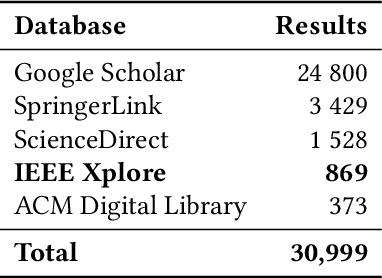
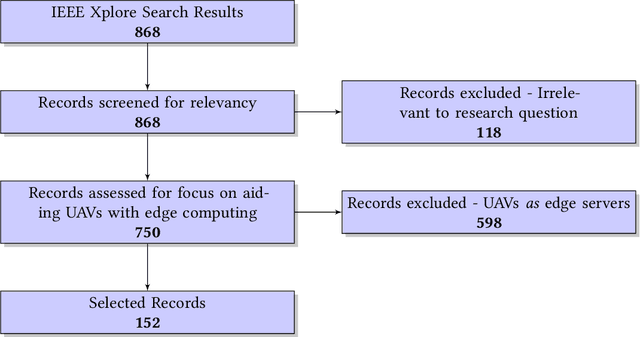
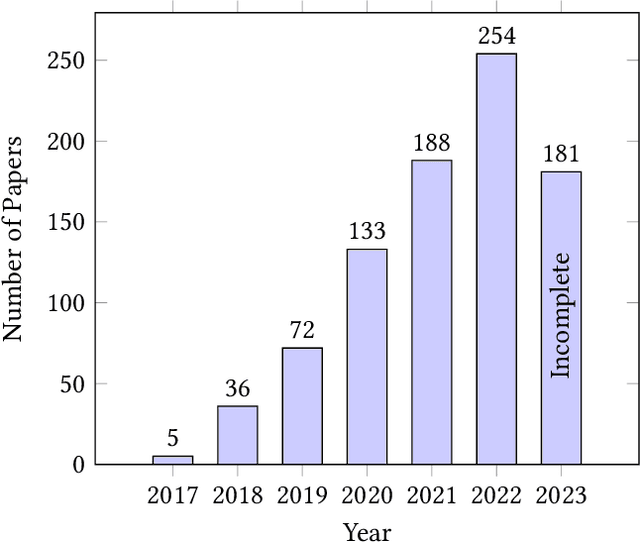
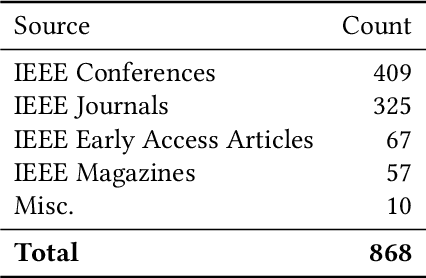
Abstract:Over the last years, Unmanned Aerial Vehicles (UAVs) have seen significant advancements in sensor capabilities and computational abilities, allowing for efficient autonomous navigation and visual tracking applications. However, the demand for computationally complex tasks has increased faster than advances in battery technology. This opens up possibilities for improvements using edge computing. In edge computing, edge servers can achieve lower latency responses compared to traditional cloud servers through strategic geographic deployments. Furthermore, these servers can maintain superior computational performance compared to UAVs, as they are not limited by battery constraints. Combining these technologies by aiding UAVs with edge servers, research finds measurable improvements in task completion speed, energy efficiency, and reliability across multiple applications and industries. This systematic literature review aims to analyze the current state of research and collect, select, and extract the key areas where UAV activities can be supported and improved through edge computing.
Predicting Temporal Aspects of Movement for Predictive Replication in Fog Environments
Jun 05, 2023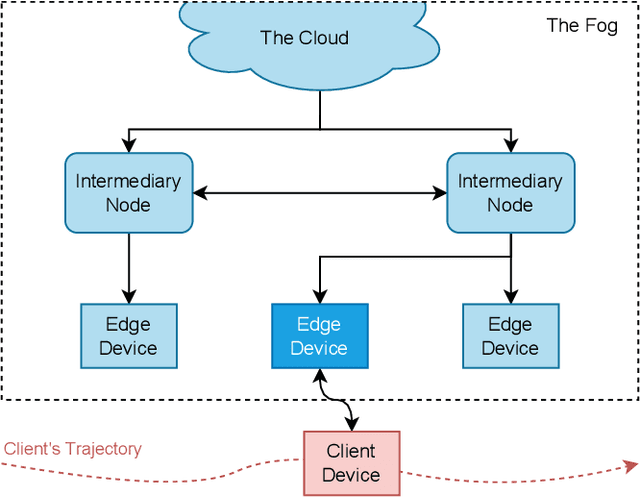
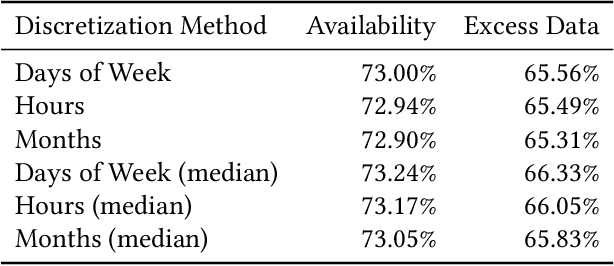
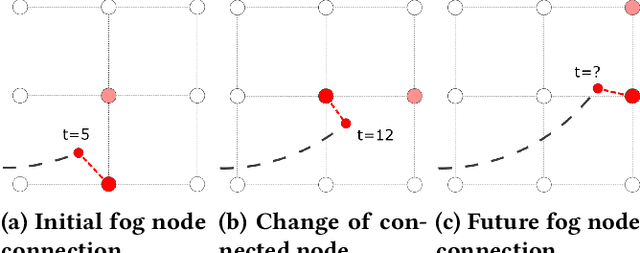

Abstract:To fully exploit the benefits of the fog environment, efficient management of data locality is crucial. Blind or reactive data replication falls short in harnessing the potential of fog computing, necessitating more advanced techniques for predicting where and when clients will connect. While spatial prediction has received considerable attention, temporal prediction remains understudied. Our paper addresses this gap by examining the advantages of incorporating temporal prediction into existing spatial prediction models. We also provide a comprehensive analysis of spatio-temporal prediction models, such as Deep Neural Networks and Markov models, in the context of predictive replication. We propose a novel model using Holt-Winter's Exponential Smoothing for temporal prediction, leveraging sequential and periodical user movement patterns. In a fog network simulation with real user trajectories our model achieves a 15% reduction in excess data with a marginal 1% decrease in data availability.
CycleSense: Detecting Near Miss Incidents in Bicycle Traffic from Mobile Motion Sensors
Apr 21, 2022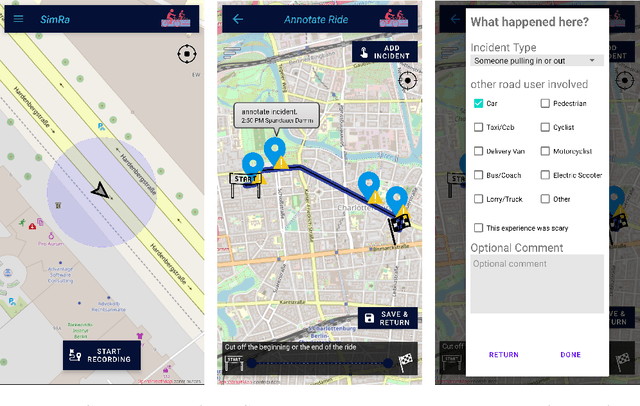

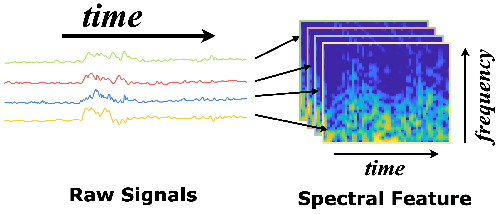
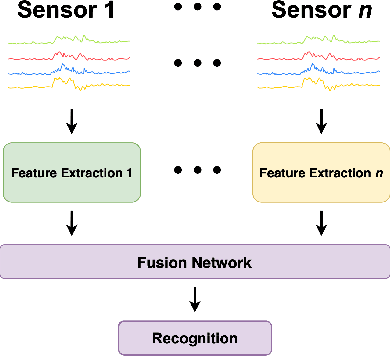
Abstract:In cities worldwide, cars cause health and traffic problems which could be partly mitigated through an increased modal share of bicycles. Many people, however, avoid cycling due to a lack of perceived safety. For city planners, addressing this is hard as they lack insights into where cyclists feel safe and where they do not. To gain such insights, we have in previous work proposed the crowdsourcing platform SimRa, which allows cyclists to record their rides and report near miss incidents via a smartphone app. In this paper, we present CycleSense, a combination of signal processing and Machine Learning techniques, which partially automates the detection of near miss incidents. Using the SimRa data set, we evaluate CycleSense by comparing it to a baseline method used by SimRa and show that it significantly improves incident detection.
 Add to Chrome
Add to Chrome Add to Firefox
Add to Firefox Add to Edge
Add to Edge